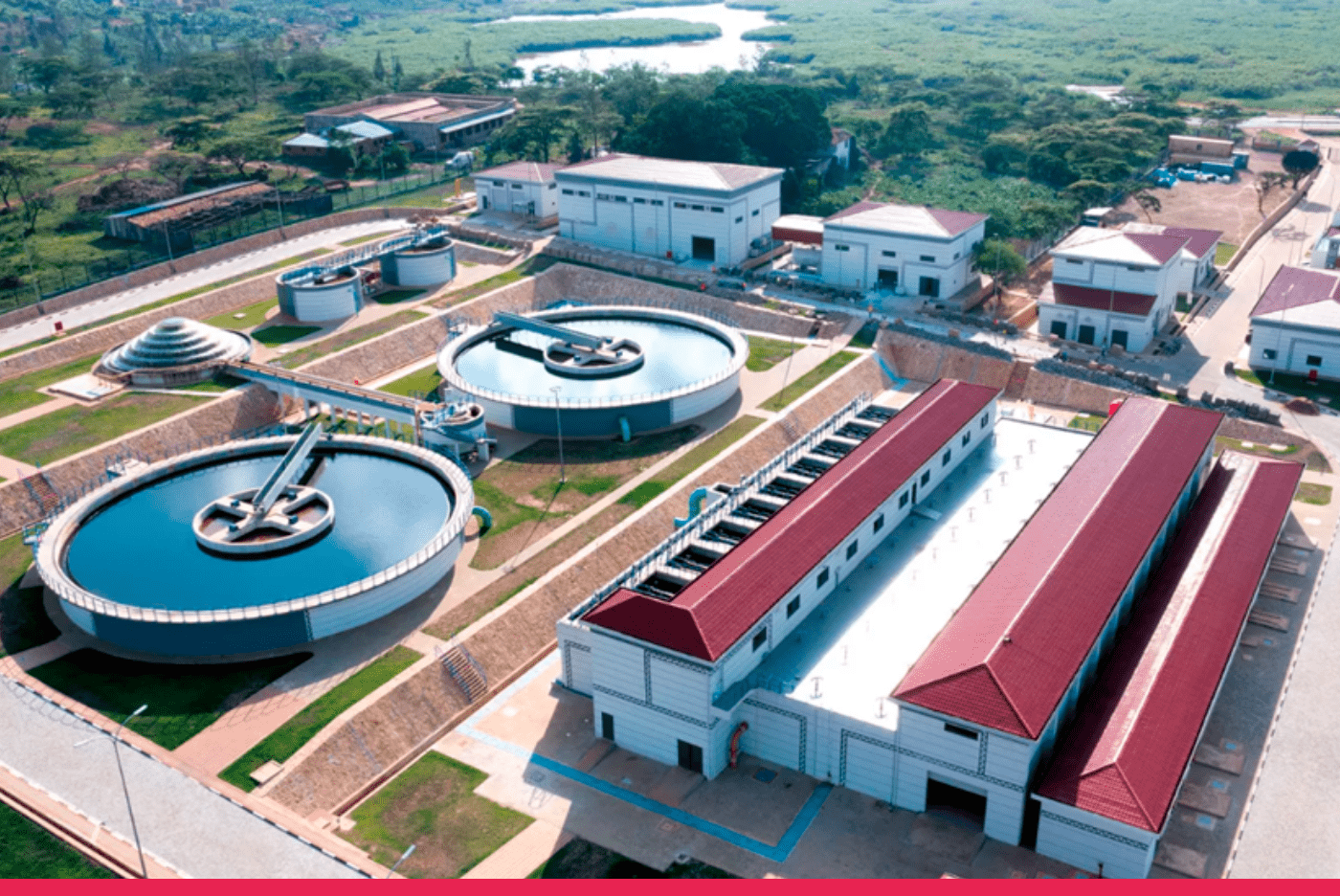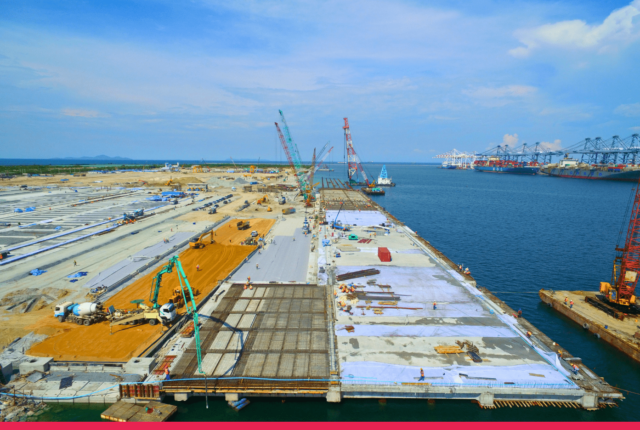
Case Study: Kigali Bulk Water PPP Project – Replicable Success Factors
Africa’s water crisis—30% lack clean water (UN)—demands innovative solutions. The Kigali Bulk Water PPP Project, a landmark $60.8 million initiative in Rwanda, stands as a model for Public-Private Partnerships (PPPs) in addressing this challenge. Operational since 2020, it supplies 40,000 m³ of clean water daily, boosting Kigali’s water capacity by a third and serving 500,000 people (AfDB). Its success, driven by strong governance and strategic financing, offers replicable lessons for projects like Kenya’s $25 billion LAPSSET Corridor. This blog post provides a detailed case study of the Kigali Bulk Water PPP Project, analyzing its structure, financing, risk allocation, and implementation. It highlights key success factors—government commitment, clear scope, stakeholder engagement, and risk mitigation—and shows how these can guide other African PPPs. Aimed at investors, policymakers, and businesses, it addresses pain points and offers actionable insights for sustainable infrastructure.
Overview of the Kigali Bulk Water PPP Project
Rwanda’s rapid urbanization—Kigali’s population hit 1.2 million in 2022—strains its aging water infrastructure, with 40% of residents facing water shortages (World Bank). The Kigali Bulk Water PPP Project, one of sub-Saharan Africa’s first water PPPs, addresses this by constructing a bulk water facility in Kanzenze, southeast of Kigali. Launched in 2015 and completed in 2020, the project draws water from the Nyabarongo River, treating and distributing 40 million liters daily. Managed by Kigali Water Limited (KWL), a subsidiary of global water firm Metito, it aligns with SDG 6 (universal water access) and Rwanda’s Vision 2050.
Project Structure and Implementation
Structure
The project operates as a Build-Operate-Transfer (BOT) PPP with a 27-year concession. Key components include:
- Infrastructure: A water treatment plant, 38 wells, three pumping stations, pipelines, and three reservoirs.
- Contractual Framework: A performance-based agreement between KWL and Rwanda’s Water and Sanitation Corporation (WASAC), aligned with IFC standards.
- Stakeholders: Government of Rwanda (GoR), KWL, IFC (advisory), AfDB (financing), and PIDG companies (EAIF, TAF, DevCo).
Financing
The $60.8 million project blended public and private funds:
- Private Capital: 33% from KWL/Metito, leveraging 60 years of water expertise.
- DFI Funding: 66% from AfDB ($19 million senior debt) and EAIF ($19 million senior, $2.6 million junior debt), with 18-year terms.
- Viability Gap Funding (VGF): A $6.25 million TAF grant lowered tariffs, expanding access without fiscal strain (PIDG).
This mix, praised in five global finance awards, reduced GoR’s burden, a model for LAPSSET’s 80% funding gap (AfDB).
Risk Allocation
Balanced risk-sharing ensured stability:
- Construction Risk: KWL bore cost overruns, incentivizing efficiency.
- Demand Risk: GoR guaranteed minimum water purchases, stabilizing KWL’s revenue.
- Political Risk: AfDB and IFC’s involvement mitigated regulatory uncertainties.
Challenges like land acquisition delays were managed through early ESIAs, unlike LAPSSET’s ongoing land disputes (Oxfam, 2022).
Implementation
Implementation leveraged Rwanda’s strong governance:
- Stakeholder Engagement: 60+ in-country meetings ensured alignment (World Bank).
- Capacity Building: Training for 160 construction workers, with 30% women hired permanently (PRI).
- Technology: Automated treatment systems cut operational costs by 20% (IFC).
The project finished on time and budget, a rarity in African PPPs, where 40% face delays (World Bank).
Key Success Factors
Strong Government Commitment
Rwanda’s government, ranked 38th globally for ease of doing business (World Bank, 2020), provided tax incentives, land, and a clear PPP policy (2016 PPP Law). This contrasts with Nigeria’s railway delays due to weak policy (AfDB).
- Lesson: LAPSSET needs Kenya’s 2021 PPP Act enforced to signal reliability.
Clear Project Scope
The focused scope—bulk water supply—avoided overambition. Detailed ESIAs and metrics ensured clarity, unlike LAPSSET’s sprawling $25 billion scope (Vision 2030).
- Lesson: LAPSSET should prioritize high-impact components, like Lamu Port.
Effective Stakeholder Engagement
Regular consultations with GoR, lenders, and communities built trust. Rwanda’s transparent negotiations, unlike LAPSSET’s 30% community dissatisfaction (Oxfam, 2022), prevented conflicts.
- Lesson: LAPSSET must expand its 50+ Lamu forums to Isiolo and Turkana.
Robust Risk Mitigation
Blended financing and DFI involvement reduced risks. The $6.25 million VGF lowered tariffs, ensuring affordability—a model for LAPSSET’s funding shortfall (PIDG).
- Lesson: LAPSSET needs AfDB/IFC partnerships to secure funds.
Results and Impact
Since 2020, the Kigali Bulk Water PPP Project has:
- Increased Access: Serves 500,000 people, 40% of Kigali’s population (AfDB).
- Reduced Costs: Lowered water tariffs by 15% via VGF, boosting affordability (PIDG).
- Created Jobs: Employed 160 during construction and 60 permanently, with 30% women (PRI).
- Improved Health: Cut waterborne diseases by 15% in served areas (IFC).
These outcomes support Rwanda’s 100% water access goal and AfCFTA trade ambitions, offering a blueprint for LAPSSET’s social impact aims.
Lessons Learned and Best Practices
Lesson 1: Leverage Blended Financing
The project’s mix of private, DFI, and VGF funds minimized fiscal strain. LAPSSET can adopt AfDB’s $750 million green bonds to close its funding gap (AfDB).
Lesson 2: Prioritize Governance
Rwanda’s transparent PPP framework ensured investor confidence. LAPSSET needs similar clarity to attract $20 billion in private capital (AfDB).
Lesson 3: Engage Stakeholders Early
In-country meetings prevented disputes, a practice LAPSSET can scale to address Lamu’s protests (Oxfam).
Lesson 4: Use Technology for Efficiency
Automated systems cut costs, a strategy LAPSSET’s planned fiber optics can replicate (Vision 2030).
Applying Lessons to LAPSSET and Beyond
LAPSSET’s complex scope—ports, roads, pipelines—faces funding, community, and risk challenges. Kigali’s lessons offer a roadmap:
- Government Commitment: Enforce Kenya’s PPP Act, as Rwanda’s 2016 law did, to attract investors.
- Clear Scope: Focus on Lamu Port to avoid delays, mirroring Kigali’s targeted approach.
- Stakeholder Engagement: Expand forums to all LAPSSET regions, learning from Kigali’s 60+ meetings.
- Risk Mitigation: Secure DFI funding, like Kigali’s AfDB/EAIF loans, to cover LAPSSET’s shortfall.
These practices can guide other PPPs, like Ghana’s Tema Port, ensuring sustainable outcomes (AfDB).
Challenges and Opportunities
Challenges
- Capacity Gaps: Only 15% of African officials are PPP-trained, risking errors (AfDB).
- Community Pushback: Kigali faced minor land disputes, like LAPSSET’s Lamu protests (Oxfam).
- Funding Risks: Overreliance on DFIs, as in Kigali, mirrors LAPSSET’s challenges (AfDB).
Opportunities
- Regional Models: AU’s PIDA can replicate Kigali’s success, boosting FDI by $23 billion (PwC).
- Digital Tools: E-procurement, as in Kenya, enhances transparency (KIPPRA).
- ESG Investment: $53 trillion in ESG funds by 2025 favor well-governed PPPs (UNDP).
Actionable Advice for Stakeholders
- Policymakers: Adopt Rwanda’s PPP laws—align with IFC standards.
- Investors: Back projects with strong governance, like Kigali’s, ensuring ESG compliance.
- Businesses: Engage in training to win contracts, as Kigali’s 30% local hires did.
- Communities: Join forums to shape projects, as Kanzenze locals did.
FAQ: Kigali Bulk Water PPP Project
Q: What made Kigali’s PPP successful?
A: Government support, clear scope, engagement, and risk mitigation (AfDB).
Q: How can LAPSSET apply these lessons?
A: Streamline scope, boost engagement, and secure DFI funding, as Kigali did (PIDG).
Q: What’s the biggest PPP challenge?
A: Capacity gaps—only 15% of officials are trained (AfDB).
Conclusion: A Blueprint for Africa’s Water Future
The Kigali Bulk Water PPP Project proves PPPs can transform African water access. Its success—driven by government commitment, clear scope, engagement, and risk mitigation—offers a replicable model for LAPSSET and beyond. By applying these lessons, stakeholders can address Africa’s $100 billion infrastructure gap while fostering inclusive growth. Share this post, subscribe for more, or explore PPP opportunities today—Africa’s water future starts with you.



Leave a Reply